
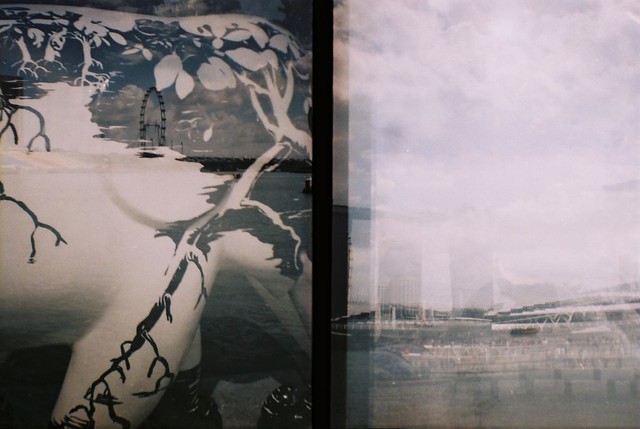

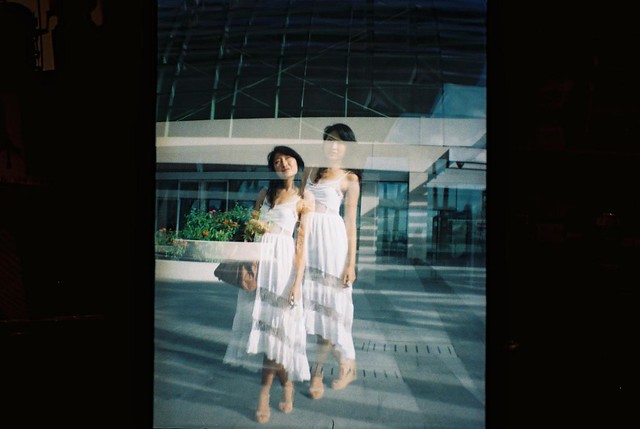
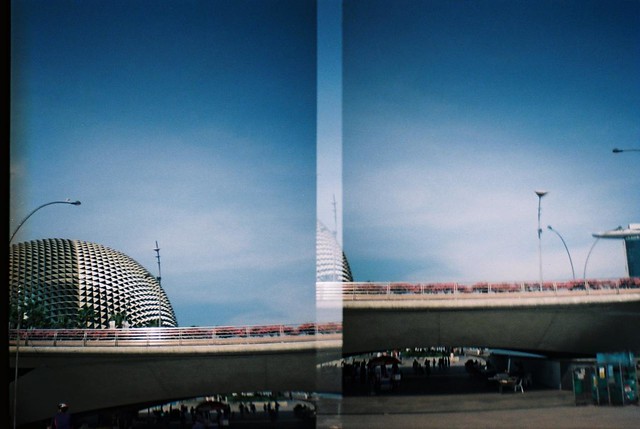
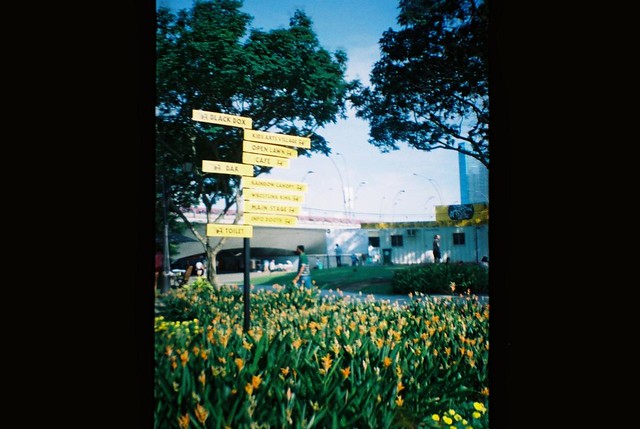
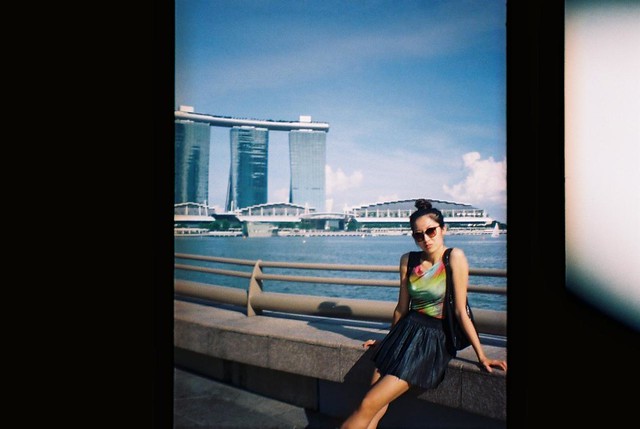

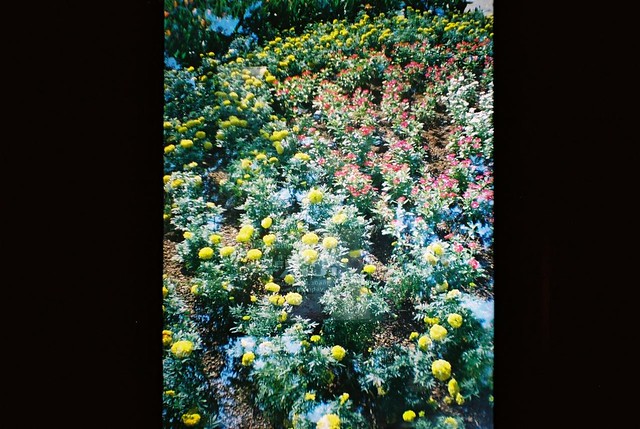
My first roll of film from my Diana Mini has finally been developed and scanned lovingly by the folks at Lomography Singapore and here are the results! I've named my Diana Mini Dove, as she was given to me by a good friend of mine and also because she is dressed elegantly in all white.
Despite the many lomo camera/art filters that have readily available on our iPhones today, and also the easy tweaking of Photoshop to achieve that grainy film effect with saturated colors and vignettes, I swear shooting film is just not the same. When you shoot with film, you have to know your lighting very well. For example, if the sun is shining at you and you shoot, the photo might be heavily underexposed. You also have to know your angles very well because you need to look through the viewfinder to point and shoot. But I guess the biggest difference and FUN thing about shooting analogue is that you never know what you are going to get.
I was very insecure about not being about to get instant gratification after shooting because I can't see my images digitally. But it was certainly very fun to experiment shooting multiple exposures and stitching together images. That second photo with the Singapore Flyer exposed over the painted elephant shows just that.
Some fun tips that I've learnt while experimenting with film:
1. You can shoot multiple images simply by shooting twice and then scrolling the film to the next frame. ORRRR, you can shoot once, scroll the film halfway and then shoot again, like the effect I've managed to achieve with the bridge.
2. You can change your modes from Sunny (N) to Bulb to achieve a softer overlay when shooting multiple exposures.
3. You can make your own color filters/prints on the photos simply by sticking colored cellophane paper on the insides of your camera where the film is exposed.
4. A good way to get a good multiple exposures is to combine an image of tree branches and clouds, together with architecture!
One thing is sure - I'm hooked on with analogue. I think it's beautiful, gives startling effects and makes photography much more fun! Each time you shoot, you learn and discover new things, and getting the developed prints back is just like opening a present everytime.

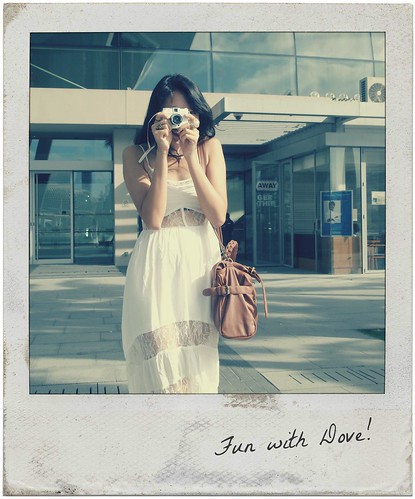
Post a Comment
I would love to see what you say!